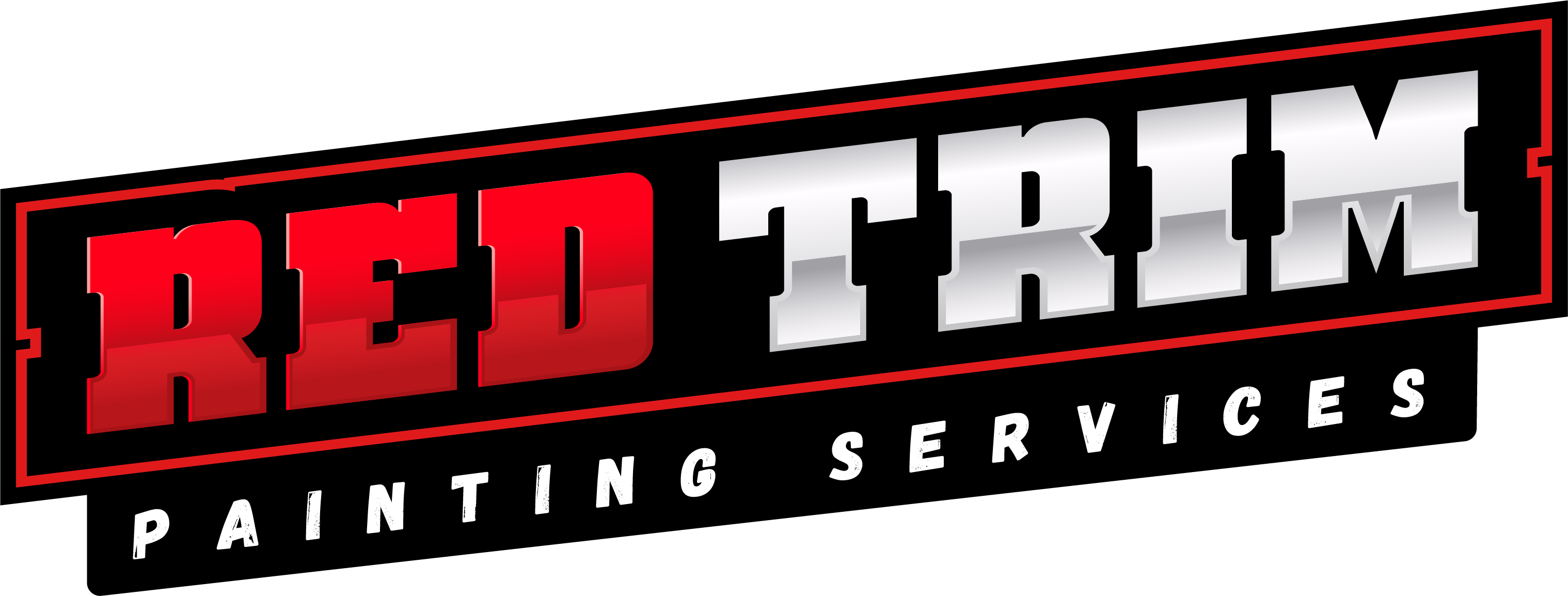Maintaining the exterior appearance of a commercial property is crucial for businesses. Not only does a well-maintained exterior reflect the professionalism and care of the business, but it also helps protect the structure from the elements. Commercial exterior painting is a significant part of this maintenance. Whether you own an office building, retail space, or industrial facility, understanding the ins and outs of commercial exterior painting can help you make informed decisions. Here are some frequently asked questions about commercial exterior painting services.
What Are the Benefits of Commercial Exterior Painting?
Commercial exterior painting offers several benefits beyond just aesthetic appeal:
- Improved Curb Appeal: A fresh coat of paint can make a building look new again, attracting more customers and clients.
- Protection from the Elements: High-quality exterior paint acts as a protective barrier against the sun, rain, wind, and other environmental factors that can cause damage over time.
- Increased Property Value: A well-maintained exterior can increase the value of your commercial property, making it more attractive to potential buyers or tenants.
- Branding: The color and quality of your building’s exterior can reinforce your brand identity and make your business more recognizable.
How Often Should a Commercial Building Be Painted?
The frequency of painting a commercial building depends on several factors, including the type of paint used, the material of the building, the climate, and the level of exposure to the elements. Generally, commercial buildings should be repainted every 5-10 years. However, in harsher climates or areas with high humidity, more frequent painting may be necessary.
What Is the Process of Commercial Exterior Painting?
The process of commercial exterior painting typically involves several steps:
- Inspection and Preparation: The first step is inspecting the building to assess its condition. This includes identifying any areas that need repair, such as cracks or holes, and determining the best approach to painting. Preparation may involve pressure washing the surface, scraping off old paint, and applying primer.
- Surface Repair: Before painting, any necessary repairs to the surface, such as filling cracks or replacing damaged materials, must be completed. This ensures a smooth, even finish.
- Priming: Applying a primer helps the paint adhere better to the surface and provides a uniform base for the topcoat. This step is crucial, especially when changing the color of the building or painting over a darker color.
- Painting: The painting itself is done using high-quality exterior paint designed to withstand the elements. Depending on the size of the building and the complexity of the job, multiple coats may be applied.
- Inspection and Touch-ups: After the paint has dried, a final inspection is conducted to ensure that the job meets quality standards. Any touch-ups needed are made at this stage.
What Types of Paint Are Best for Commercial Exterior Painting?
Choosing the right type of paint is essential for a long-lasting, high-quality finish. The best paints for commercial exteriors are typically:
- Acrylic Paints: Known for their durability and resistance to fading, acrylic paints are a popular choice for commercial buildings. They also provide good coverage and are resistant to mildew.
- Latex Paints: Latex paints are water-based, making them easy to apply and clean up. They are also flexible, which helps them withstand expansion and contraction due to temperature changes.
- Elastomeric Paints: These paints are highly flexible and can bridge small cracks, making them ideal for surfaces that experience movement or expansion. They provide excellent waterproofing and are often used on masonry surfaces.
- Oil-Based Paints: While less common due to their longer drying times and strong odors, oil-based paints offer a durable finish and are sometimes used for metal surfaces or areas with high traffic.
How Long Does a Commercial Exterior Painting Project Take?
The duration of a commercial exterior painting project depends on several factors, including the size of the building, the condition of the surface, the complexity of the job, and the weather conditions. On average, a commercial painting project can take anywhere from a few days to several weeks. A detailed timeline is typically provided during the initial consultation, so business owners know what to expect.
What Should I Consider When Choosing a Commercial Painting Contractor?
Choosing the right contractor is crucial for a successful painting project. Fortunately, our friends at Colorado Painting have provided us with some factors to consider for your next painting project:
- Experience and Expertise: Look for a contractor with experience in commercial exterior painting and a portfolio of completed projects. Expertise in working with different materials and surfaces is also essential.
- Licensing and Insurance: Ensure the contractor is licensed and insured. This protects you from liability in case of accidents or damage during the project.
- Reputation: Check reviews and testimonials from previous clients to gauge the contractor’s reputation. A reliable contractor will have positive feedback and a track record of satisfied customers.
- Quality of Materials: Ask about the types of paint and materials the contractor uses. High-quality materials are essential for a long-lasting finish.
- Communication and Professionalism: A good contractor should be communicative, responsive, and professional. They should provide clear estimates, and timelines, and be open to answering any questions you may have.
How Can I Minimize Disruptions During the Painting Process?
Minimizing disruptions during a commercial painting project is crucial for maintaining business operations. Here are some tips:
- Schedule During Off-Hours: If possible, schedule the painting work during off-hours, weekends, or holidays to minimize the impact on daily operations.
- Clear Communication: Communicate with the painting contractor about your business hours and any specific areas that need to remain accessible during the project.
- Sectional Painting: Consider having the painting done in sections, so that only part of the building is worked on at a time. This allows the rest of the building to remain functional.
- Signage and Safety: Ensure that appropriate signage and safety barriers are in place to keep customers and employees safe during the painting process.
What Are the Costs Associated with Commercial Exterior Painting?
The cost of commercial exterior painting varies widely depending on several factors, including the size of the building, the type of paint used, the condition of the surface, and the complexity of the job. Other factors, such as the need for extensive repairs, specialized coatings, or working at heights, can also impact the overall cost. It’s important to get detailed quotes from multiple contractors to compare prices and services offered.
Conclusion
Commercial exterior painting is a vital investment for maintaining the appearance and integrity of your building. By understanding the process, choosing the right contractor, and asking the right questions, you can ensure a successful project that enhances the value and appeal of your property. Whether you need a fresh coat of paint to update your branding or to protect your building from the elements, commercial exterior painting is a service that pays dividends in both the short and long term.




